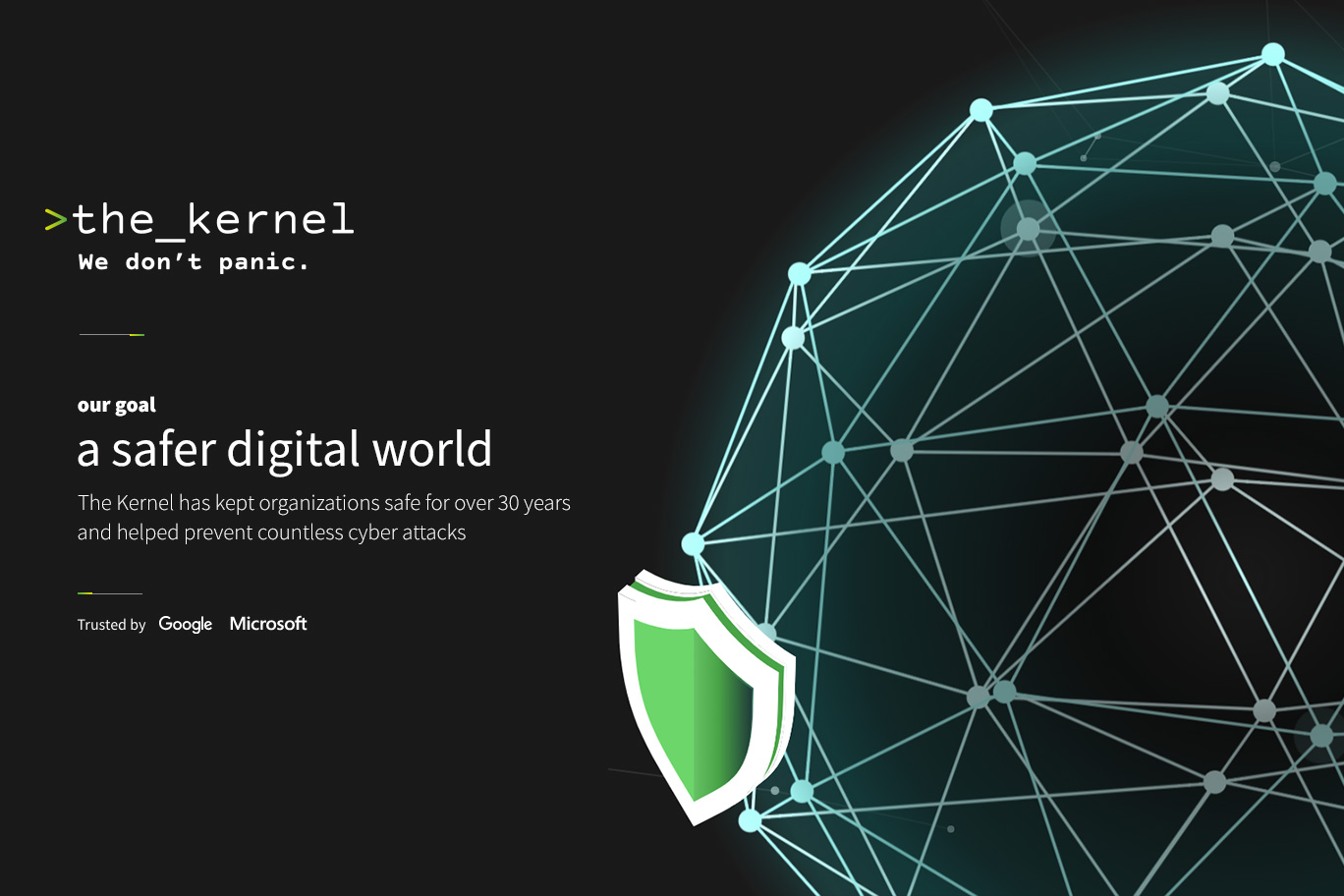
In the ever-evolving landscape of cybersecurity, zero-day vulnerabilities stand as a constant challenge for individuals and organizations. As suggested by a cyber security company in Dubai, these silent threats, also known as “zero-days,” are security weaknesses unknown to software vendors and, therefore, unpatched. Cybercriminals actively exploit these vulnerabilities before developers can release fixes, making them a potent and elusive threat.
Understanding Zero-day vulnerabilities:
Zero-day vulnerability is a security flaw within a software application or system that is exploited by malicious actors before the software vendor becomes aware of it. The term “zero-day” denotes the fact that there are zero days of protection; there are no patches or updates available to defend against the vulnerability.
The significance of Zero-day vulnerabilities:
Stealthy exploitation: Zero-days are stealthy threats because they remain undisclosed, giving cybercriminals ample time to exploit them without detection.
Targeted attacks: These vulnerabilities are often used in highly targeted attacks. Cybercriminals exploit them to compromise specific individuals, organizations, or government entities.
National security risks: In some cases, zero-day vulnerabilities are weaponized by nation-state actors, posing significant national security risks.
Patch management: Stay diligent in applying software updates and patches promptly. While zero-days are unpatched by definition, known vulnerabilities should be addressed as soon as fixes become available.
Network segmentation: Isolate critical systems from the broader network to limit the potential damage caused by a zero-day exploit.
Vulnerability scanning: Use vulnerability scanning tools to detect potential weaknesses in your network and applications.
Intrusion detection systems (IDS) and intrusion prevention systems (IPS): Implement these systems to monitor network traffic for unusual patterns that may indicate a zero-day attack.
Security information and event management (SIEM): Employ SIEM solutions to aggregate and analyze security data, helping to identify unusual patterns that may signal zero-day exploits.
Zero-day protection tools: Invest in advanced threat detection solutions designed to identify and mitigate zero-day threats. These tools often use heuristic and behavioral analysis to detect unusual activities.
Zero-day vulnerabilities remain a silent, persistent threat in the cybersecurity landscape. They can have severe consequences, leading to data breaches, financial loss, and national security risks. Mitigating these threats involves a combination of proactive measures, including timely patch management, network segmentation, user training, and the use of advanced threat detection tools.

